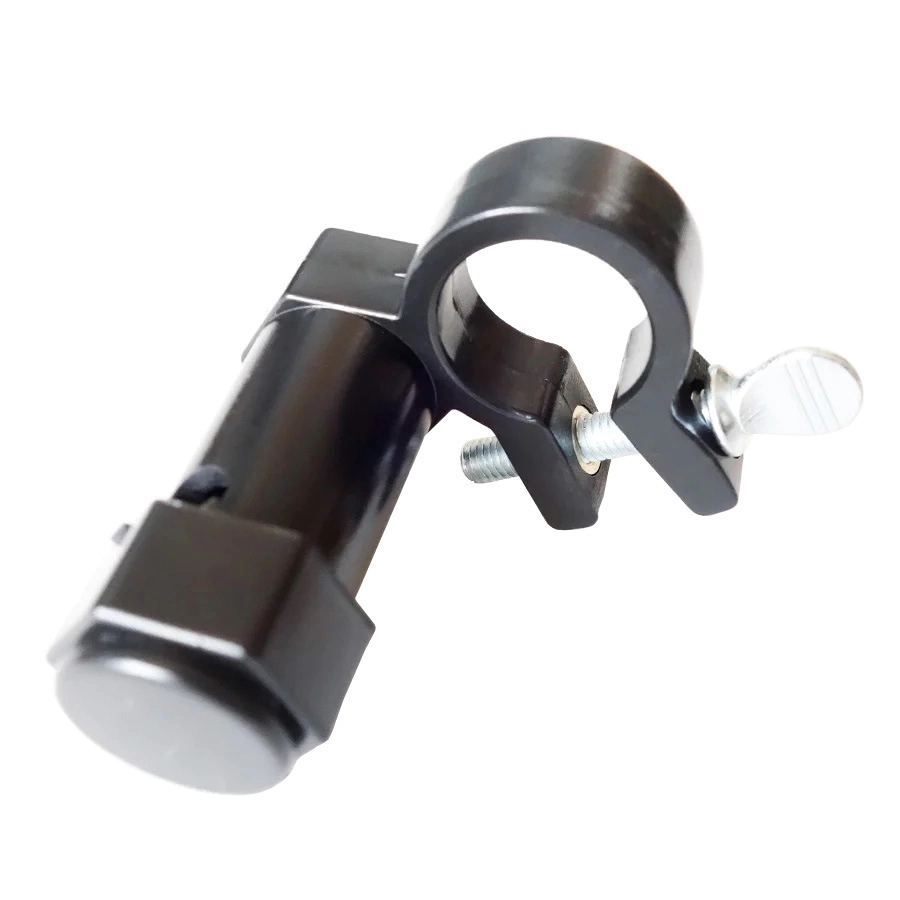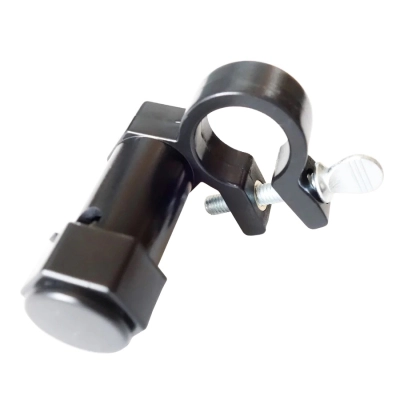Opens in a new window
Berp The Berp Buzz Extension and Resistance Tool for Cornet

7 models to choose from:
Simply put, The Berp is the most efficient tool you can use to help yourself become a better brass player.
The buzz extension and resistance tool, known as The Berp, helps you develop proper breath support by blowing into resistance, letting you buzz your mouthpiece while you hold your instrument in the regular playing position. The Berp also lets you press your instrument's valves or move the slide to match the pitches you're buzzing, so you gain ear-training benefits through reinforcing the connection between buzzing the mouthpiece and playing.
The clamp. The Berp clamp fits firmly onto the open end of the instrument's receiver, with the mouthpiece removed. It's designed to tighten around a round, hex, or convex-shaped opening. Most people prefer to line The Berp up parallel to the receiver at the "three o'clock" position. You may want to experiment with other positions to determine what's best for you. Once The Berp is firmly attached, you can easily alternate between buzzing and playing your instrument by switching the mouthpiece.
The resistence dial. The dial for the trumpet, horn, and cornet Berp should be positioned below the holes and pushed up to partially cover them to create the desired resistance. The dial on The Berp for trombones, euphoniums, and tubas should be positioned above the holes and lowered to create the desired resistance. Beginners usually have a better chance of getting a good buzz with slightly more resistance. Once a good buzz is achieved, resistance on The Berp should be dialed similarly to that of the instrument.
The buzz extension and resistance tool, known as The Berp, helps you develop proper breath support by blowing into resistance, letting you buzz your mouthpiece while you hold your instrument in the regular playing position. The Berp also lets you press your instrument's valves or move the slide to match the pitches you're buzzing, so you gain ear-training benefits through reinforcing the connection between buzzing the mouthpiece and playing.
The clamp. The Berp clamp fits firmly onto the open end of the instrument's receiver, with the mouthpiece removed. It's designed to tighten around a round, hex, or convex-shaped opening. Most people prefer to line The Berp up parallel to the receiver at the "three o'clock" position. You may want to experiment with other positions to determine what's best for you. Once The Berp is firmly attached, you can easily alternate between buzzing and playing your instrument by switching the mouthpiece.
The resistence dial. The dial for the trumpet, horn, and cornet Berp should be positioned below the holes and pushed up to partially cover them to create the desired resistance. The dial on The Berp for trombones, euphoniums, and tubas should be positioned above the holes and lowered to create the desired resistance. Beginners usually have a better chance of getting a good buzz with slightly more resistance. Once a good buzz is achieved, resistance on The Berp should be dialed similarly to that of the instrument.
Q & A
There are currently no questions for this product.
Reviews
There are currently no reviews for this product. Be the first to write one!




